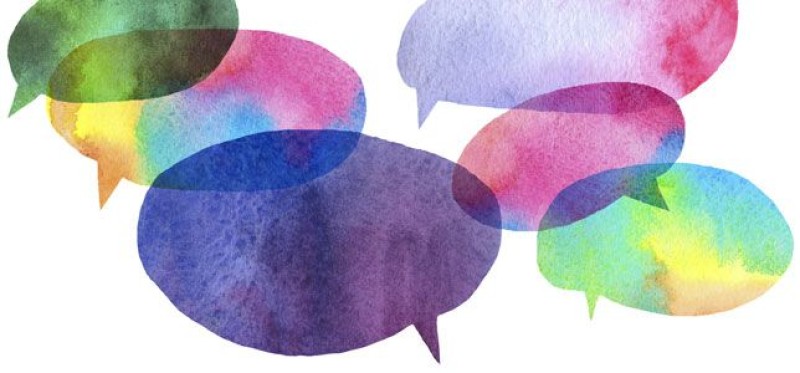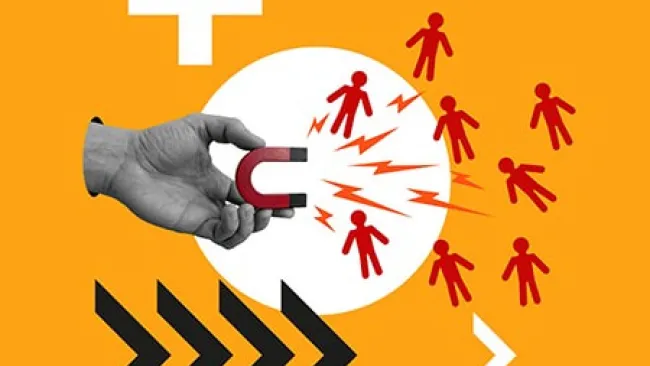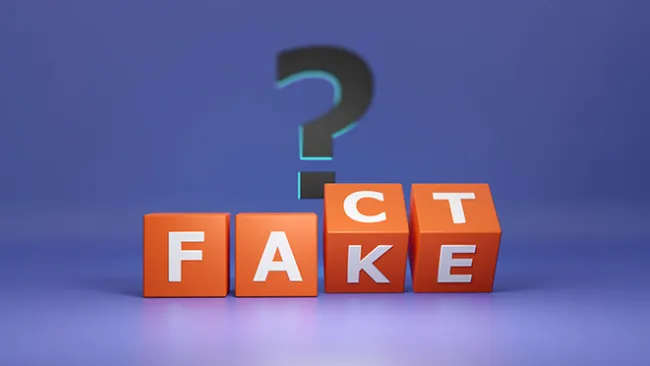A growing number of companies are experiencing the benefit of online chat for customer service and sales as a powerful, cost-effective engagement platform. However, the key for effective chat is to avoid potential customer frustration from long wait times or impersonal chat interactions.
As more consumers go to the web for customer support or online shopping, there is tremendous opportunity for companies that engage in online chat well. That requires training associates to interact on a one-to-one basis via chat.
Here, I offer six steps for putting your associates on the path to having one-to-one chat conversations with your customers.
1. Create Rapport
Rapport is transference of a good feeling. Building rapport online is very similar to building rapport in person—both parties must have a good feeling about the mutual engagement. That takes practice and involves a bit of intuition, but the ultimate goal is for the associate to create a connection and understanding with the prospect or customer. Because chat associates are unable to hear inflections in the customer’s voice, he must therefore pay close attention to word choice and responsiveness. Don’t make them wait two minutes for a response. The conversation should be flowing, clear, and not robotic. The use of video chats can bring a personal touch to your conversations. Do what you can to give it a pulse—think of it as a handshake over the computer screen.
2. Choose Word Choice Wisely
Word choice is a deal-breaker when it comes to online chat interactions. Paying attention to diction (grammar, tone, vocabulary, and attitude) is crucial on the part of associates. Connotation, the unspoken, hidden meaning of words that give them more impact, also can’t be ignored. Phrasing with a negative connotation could be taken as criticism and destroy the customer relationship. Therefore it’s critical for contact center managers to regularly update their library scripts and offer chat practice sessions with associates. Poor use of the language, along with grammatical, semantic, syntactic and punctuation errors, not only look bad, they tend to distract customers from the heart of the message. When it comes to live customer engagement, the medium is just as important as the actual message, if not more important.
3. Be Responsive
Until recently, one to two minutes served as standard acceptable wait times for an associate to respond to a customer’s chat inquiry. In the increasingly fast-paced world in which we live, any wait longer than a minute is no longer acceptable. In fact, industry analysis of existing survey scores that measure responsiveness ratings from chat customers are—as would be expected—strongly and positively correlated with the chat associate’s average response time metrics. Low response times—on average and in the long run—are tied closely to positive chat customer experiences as well as higher sales performance when compared to higher response time performances over the same period.
Prolonged response times to chat customer entries can serve to erode customer confidence and can leave customers feeling underappreciated. That’s why response time performance serves as a consistent onboarding indicator for newly hired chat associates. At Revana, we’ve targeted 45 seconds as the maximum response time for chat inquiries.
4. Measure Associate Performance
Given that I just outlined the importance of measuring associate performance, it’s therefore critical to routinely monitor and measure associates’ response times and behaviors and correlate those to their sales success, close rates, bundle rates, etc. My bet is that the ones who regularly score high also have high sales and service rates. Associates with low response scores typically will have low sales outcomes. If associates are still consistently taking longer to respond past the standard timeframe you’ve elected or if you have noticed they’re essentially scratching their heads searching for the right replies, then it’s time to retrain them or move them to an area for which they’re better suited, like answering phones.
Make sure you’re also regularly sharing results with the team. Chat venue sales and service operations benefit greatly from the quantitative data collected from each chat engagement. Complete chat transcripts reveal associate and customer responses to various value propositions, marketing initiatives, and objection handling. Review of this material benefits not only the associate in question, but creates a “multiplier” effect whereby high success approaches used by top-performing chat associates can be identified and easily shared with the rest of the associates on the production floor. Success markers among dozens or hundreds of chat associates can be multiplied across entire departments.
5. Use Relatable Language
In a customer service environment, the language that we use can have a huge impact on how the customer perceives the service. Whether you rely on a library of response content or if your associates write messaging on the fly, associates must carefully choose content that matches customers’ moods and word choices. Essentially, you want your associates to conduct a ballet across chat and inject their personalities throughout the conversation. They can achieve this by offering a promotion or discount that’s tied into the customer’s needs or behaviors. Associates may also note a newsworthy event that occurred in their specific geography as a brief aside. For example, if the customer lives in Denver and the Broncos just won the Super Bowl, the associate may feel inclined to comment on the win. Also, this is an opportunity to teach associates not to engage in what I call “teenage messaging,” which is known for its super casual tone. The bottom line is to use relatable language, make the experience right, and talk to customers with respect and they’ll respect you back.
6. Get Creative With Billboards
A chat session represents an optimum “foot in the door” to the chat customer’s home, workplace, or mobile device via the chat engagement window. But when engaging in chat, associates may be competing with an open Amazon window or a work screen. Associates must include something on their screens to draw them into the conversation. For example, relevant product and services links or a video tutorial can provide chat customers with additional resources for reference post chat as well.
The impressions we make via the chat billboard venue can be influential and persuasive in ways much different from phone-based engagements, as we actively engage visual and text stimuli in support of a mutually beneficial sales and/or service outcome. Different parts of customer’s brains are activated with a high-quality chat engagement compared to a typical phone call interaction.
If you pause to think about it, a chat session can, and should be, considered a valuable one-to-one marketing engagement—a golden opportunity to capture the attention and time of a prospective customer in a manner that fits best with a hectic day at the office or home with the kids.
Also, check out the most recent issue of our e-newsletter.
Six Steps to Achieving Personalized Chat Interactions















